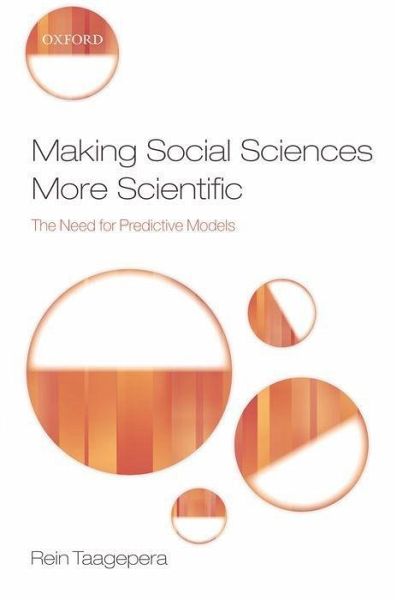
Making Social Sciences More Scientific
The Need for Predictive Models
Versandkostenfrei!
Versandfertig in 1-2 Wochen
137,99 €
inkl. MwSt.

PAYBACK Punkte
69 °P sammeln!
In this book the author challenges the position of statistical analysis as the main quantitative tool used in social sciences. Why Social Sciences Are Not Scientific Enough will be of interest to social science students, researchers, and methodologists.














